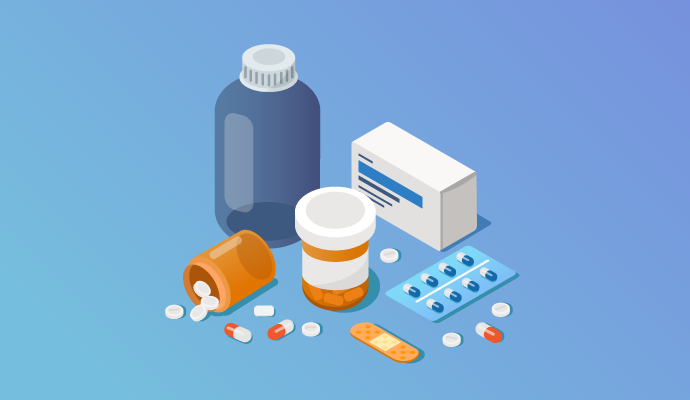Prescription Drug Prices Rose 21% as Utilization Remained Steady
HCCI’s latest report shows that average prescription drug prices increased by 21% from 2014 to 2018 while utilization increased just 4% over the five-year period.

Source: Getty Images
- Prescription drug prices continue to increase due to continued growth in medical service costs and a modest uptick in utilization, according to a recent report from the Health Care Cost Institute (HCCI).
HCCI’s 2018 Health Care Cost and Utilization Report analyzed 2.5 billion medical claims for patients up to 65 who are covered by employer-sponsored health plans. The report uncovered that the largest increase in average price occurred from administered drugs, which nearly doubled from $470 in 2014 to $813 in 2018.
“Prices, spending, and out-of-pocket costs continue to rise for the 160 million Americans with employer-sponsored health insurance,” said Niall Brennan, president and CEO of HCCI.
Anesthesia procedures were the highest priced subcategory at an average $737 in 2014. And in 2018, it was the second highest, averaging $755.
Surgical and emergency room procedures were the third and fourth highest priced subcategories, respectively. They averaged above $400 during the study period.
After remaining stable for several years, prescription drug utilization accounted for a larger share of spending growth than the boost in prices, with a four percent uptick during the study period.
Additionally, utilization grew 1.8 percent from 2017 to 2018, the fastest pace observed during the study period, according to the report.
These findings varied greatly from last year’s report which found that utilization remained mostly steady but declined by 0.2 percent during the period from 2013 to 2017.
“Higher prices for medical services continue to drive most spending increases, but in 2018 we also saw an uptick in utilization for the first time in several years,” Brennan emphasized. "If these price and utilization trends continue, we expect spending growth to stay on an upward trajectory in the coming years.”
Jean Fuglesten Biniek report co-author and senior researcher at HCCI, explained that surge in medical services was responsible for nearly three-quarters of overall healthcare spending increases between 2014 and 2018.
“After adjusting for inflation, about three-fourths of the increase in per-person spending is explained by growth in prices for healthcare services,” Brennan agreed. One-fifth of the increase occurred over one year.
Out-of-pocket costs continue to be a burden for patients, with an increase of 4.3 percent from 2014 to 2018, reaching $5,892 in 2018.
This is a slight increase from last year’s report, which showed that out-of-pocket costs grew 4.2 percent from 2016 to 2017, translating to $5,641 per person in 2017.
Overall per-person healthcare spending increased 18.4 percent or $610 per person over the five year study period. And cumulative out-of-pocket increase over the five-year period was 14.5 percent, or $114. This increase was lower than the growth in total healthcare spending.
Report authors stressed that the study covers copays, coinsurance, or deductible payments, but does not include other out-of-pocket costs related to healthcare like insurance premiums.
The report touched on four additional groups of healthcare services and subcategories including outpatient visits and procedures, which surged to a 5.5 percent increase in spending in 2018, the largest increase in spending per person in 2018.
This finding paralleled last year’s report when outpatient prices rose 5.7 percent in 2017, the highest year-over-year growth since 2013.
Additionally, inpatient services grew 11.4 percent per person between 2014 and 2018 and while average prices grew gradually, utilization trends varied. Emergency department visit spending and observation stays increased at 32 percent and 29 percent, respectively.
Professional services saw an uptick in spending at 16 percent, with growth driven by office visits and administered drugs. Generic drugs made up 88 percent of all prescriptions while out-of-pocket payments for generic prescription drugs were less than one-fifth of out-of-pocket payments on brand drugs, the report emphasized.
